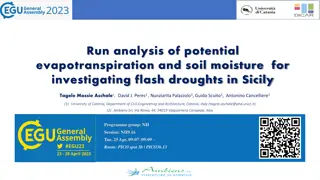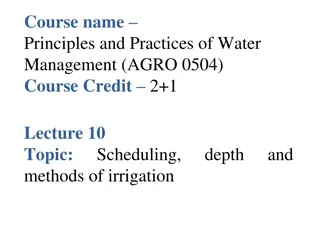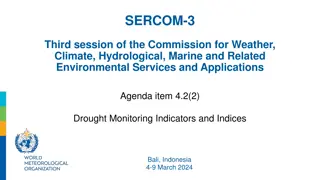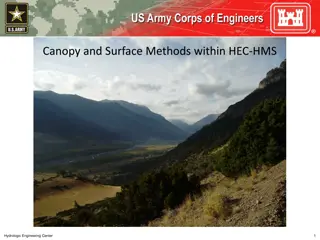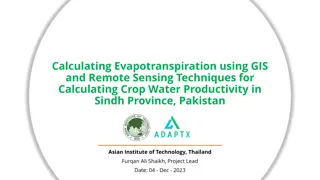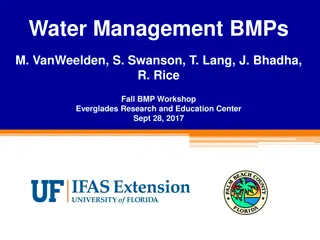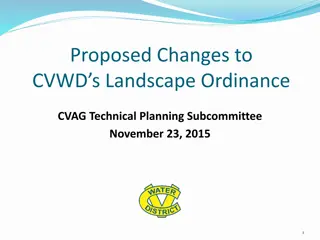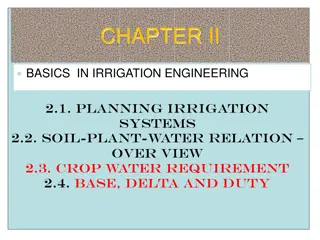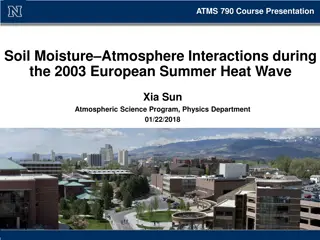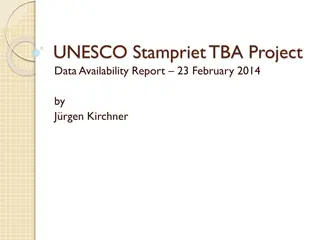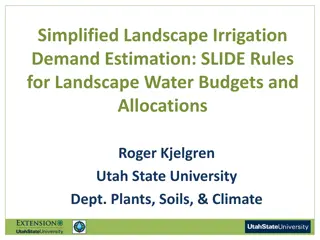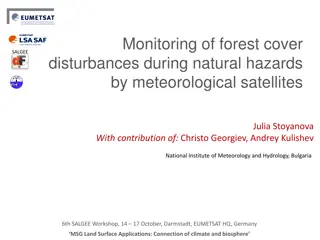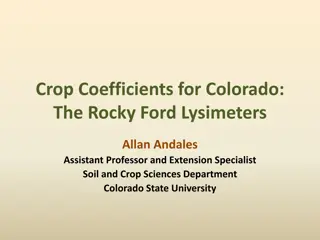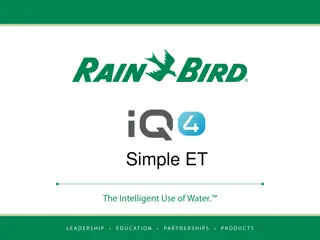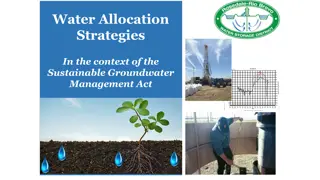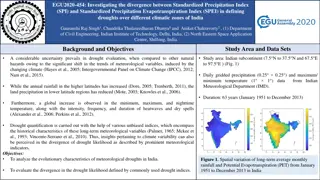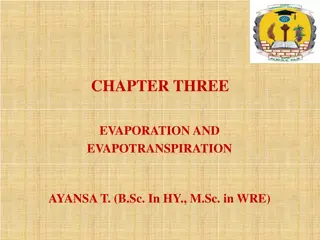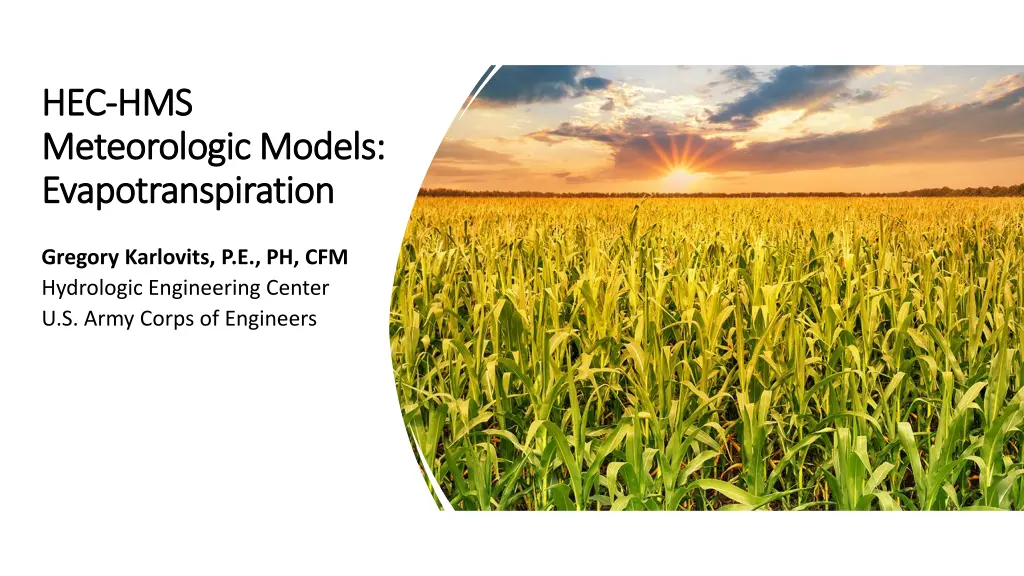
Understanding Evapotranspiration in Hydrologic Modeling
"Learn about the role of evapotranspiration and its modeling requirements in hydrological engineering. Explore different ET methods, calibration considerations, canopy settings, and the impact of ET on water volumes in this informative content."
Download Presentation

Please find below an Image/Link to download the presentation.
The content on the website is provided AS IS for your information and personal use only. It may not be sold, licensed, or shared on other websites without obtaining consent from the author. If you encounter any issues during the download, it is possible that the publisher has removed the file from their server.
You are allowed to download the files provided on this website for personal or commercial use, subject to the condition that they are used lawfully. All files are the property of their respective owners.
The content on the website is provided AS IS for your information and personal use only. It may not be sold, licensed, or shared on other websites without obtaining consent from the author.
E N D
Presentation Transcript
HEC HEC- -HMS HMS Meteorologic Models: Meteorologic Models: Evapotranspiration Evapotranspiration Gregory Karlovits, P.E., PH, CFM Hydrologic Engineering Center U.S. Army Corps of Engineers
Role of Evapotranspiration ET comprises two processes: Transpiration from plants Evaporation from surfaces Key component of continuous hydrologic models Significant moisture is lost to the atmosphere Deficits created through ET
ET Modeling Requirements Meteorologic model method Computes potential/reference ET Canopy method in basin model Computes actual ET Creates moisture deficit
Simple Canopy Settings Evapotranspiration timing Wet and dry periods Only dry periods Uptake method Simple Tension reduction SMA only!
ET Impact Max Deficit Daily Actual ET Initial Deficit
HMS a spectrum of ET methods Penman- Monteith Hargreaves Monthly Average Simple Complex Priestly- Taylor Hamon Typical Methods + gridded options
Calibration Considerations Changing ET parameters can change overall water volumes Two primary changes: ET method coefficients Crop coefficients
Dynamic Canopy In long hydrologic simulations where vegetation changes drastically throughout the year, a dynamic canopy method may help
Takeaways Evapotranspiration Important for continuous hydrology models Requires a canopy method in the subbasin Simple methods typically adequate
HEC HEC- -HMS HMS Meteorologic Models: Meteorologic Models: Evapotranspiration Evapotranspiration Gregory Karlovits, P.E., PH, CFM Hydrologic Engineering Center U.S. Army Corps of Engineers

